- About
- Topics
- Story
- In-Depth
- Picks
- Opinion
- News
- Donate
- Signup for our newsletterOur Editors' Best Picks.Send
Read, Debate: Engage.
| April 01, 2023 | |
|---|---|
| topic: | Conservation |
| tags: | #environment, #endangered species, #species conservation, #climate change |
| located: | USA, Canada, Mexico |
| by: | Gerardo Bandera |
The monarch butterfly is known for its white spotted orange-and-black body, whose brightness and contrast are useful in warning off predators of unpleasant taste and possible poison. They span four inches long, weigh less than a gram and are capable of flying up to nine kilometres (6 miles) per hour.
While it is believed that they were first called the Monarch butterfly in honour of King William III of England - since their colourful bodies matched his nickname The King of Orange - their scientific name, Danaus plexippus, which in Greek means sleepy transformation, refers to the butterfly’s fascinating ability to metamorphose and hibernate.
During the mating season in the spring and summer, female monarchs lay eggs on the underside of milkweed leaves, which can hatch into larvae or caterpillars and metamorphose into adults in as little as 25 days. Monarch butterfly eggs are as small as 1.2 mm by 0.9 mm and monarch butterfly caterpillars grow to be up to 4.5 cm after feeding on milkweed leaves.
While a female butterfly can lay up to 1,800 eggs in her lifetime, it is estimated that only ten percent of eggs survive and transform into adult butterflies. The monarch butterfly has a lifespan of about five weeks, except for the last generation born each year which lives for up to eight months as they fly to Mexico where they winter.
Monarch butterflies are native to North America, and their range extends from southern Canada to northern South America. Monarchs are found primarily in open habitats such as prairies, meadows, fields and gardens, and they are particularly associated with milkweed plants, which are the sole host plants for their larvae.
During the summer breeding season, monarchs can be found across their range, with populations concentrated in areas where milkweed is abundant. As the weather cools in the fall, monarchs begin to migrate southward to overwintering sites in Mexico and California. These migrations can cover thousands of miles and are among the most remarkable feats of animal migration in the world.
In addition to their natural range, monarch butterflies have also been introduced to other parts of the world as a result of human activity.
For example, monarchs have been established in Hawaii, Australia, and New Zealand, where they are considered invasive species.
In the process of finding nectar for food, monarch butterflies pollinate plants across the Americas, spreading pollen from flower to flower and therefore playing an integral part in sustaining ecosystems.
The threat to pollinators, including butterflies, bees and some bird species, also threaten the health of the ecosystems that they help sustain.
Since the 1980s, it is estimated that one billion monarch butterflies have been lost, or 97 percent of their population, for which reason they have been labelled as critically endangered.
This worrying trend has continued throughout the past decade: between 2017 and 2018, the Xerces Society estimates that in certain sites, the monarch butterfly population has decreased by 86 percent.
While the true population size is still unknown, in 2018 it was estimated that only about 30,000 butterflies were left.
To combat the loss of habitats suitable for monarchs, the conservation of forests where they mate, grow and overwinter is critical.
While the Mexican government has taken crucial steps in preserving the forests outside of Mexico City where monarchs travel, these efforts have not been sufficient. In 2020, illegal logging cut down various parts of these forests, causing the butterfly population to plummet by 26 percent.
Working together, North American countries can protect these species by passing stricter regulations that prevent deforestation.
The 2,800-mile migratory journey is exhausting and dangerous for butterflies, and many do not make it to their final destination. Butterfly gardens, on the other hand, provide them with areas to stay, breed, feed and rest on their route.
Caretakers of monarch butterfly sanctuaries ensure that there is plenty of milkweed available for monarchs to lay their eggs and keep these groves free of pesticides.
Communities can help protect monarch butterflies by planting milkweed in their gardens along their migratory routes. Milkweed is highly decorative and easy to incorporate into flower beds.
Gardeners should ensure to plant milkweed that is native to their areas to prevent spreading parasitic infections. It is ideal to plant milkweed in the fall and to plant them in sunny areas, without using pesticides as this will harm the butterflies and their eggs.
Image by Kathy Servian
By copying the embed code below, you agree to adhere to our republishing guidelines.

